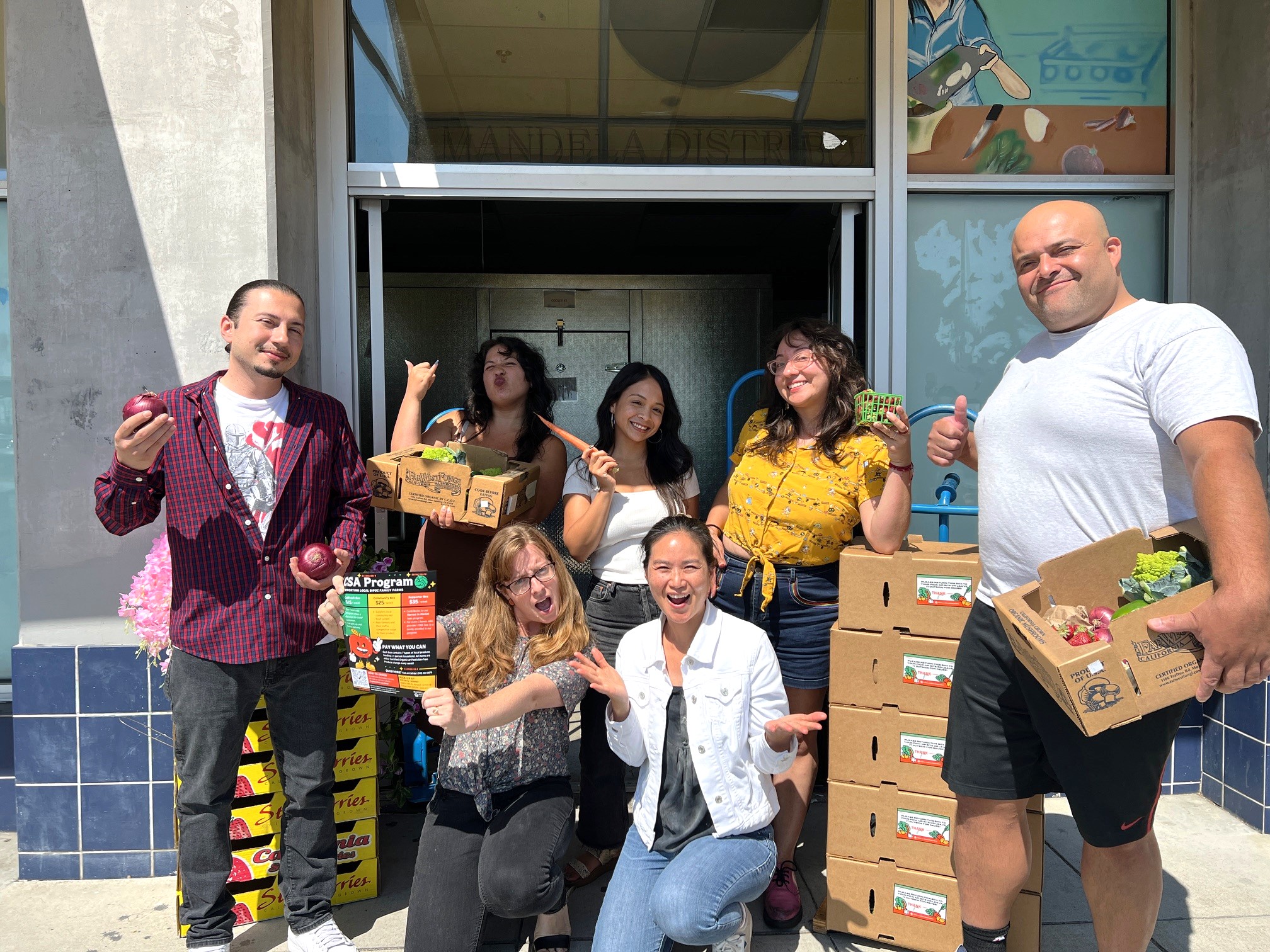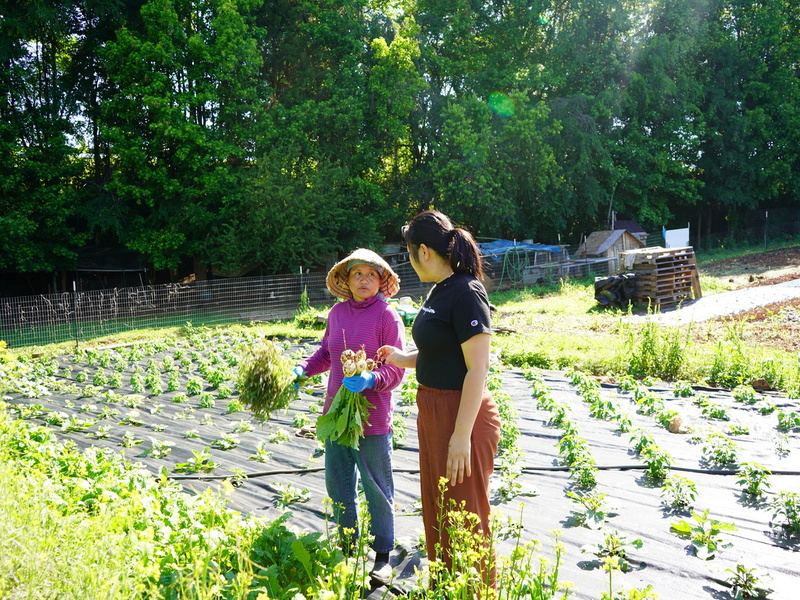
Over the past several years, there has been a tremendous increase of programs across the United States that aim to strengthen small farm viability and food security by connecting local farms to food assistance distribution partners such as food banks, food pantries, and other grassroots efforts to end hunger.
One of the new programs aimed at food systems transformation that the agency is piloting is the USDA Local Food Purchase Assistance Cooperative Agreement (LFPA) program. With a total budget of $900M, LFPA (led by the USDA Agricultural Marketing Service’s Commodity Procurement Program) is a transformative federal initiative that empowers state agencies, tribal governments, and their community partners to collaboratively source and distribute food, benefiting local and USDA-defined “socially disadvantaged” producers and underserved communities.
To support the success of the LFPA program, the Wallace Center is conducting research, providing technical assistance, and convening a national farm to food assistance (F2FA) Community of Practice to amplify and share best practices in this emerging field.
Years Active: 2021 – 2024
The Wallace Center has been working to better understand and support the people and organizations implementing values-based, equity-centered Farm to Food Assistance (F2FA) programs since the onset of the Covid-19 pandemic. In this first of its kind comprehensive report on the emerging field of F2FA, the Wallace Center and our research partners Rachel Dannefer and Alison Cohen share the findings and insights from four years of research, peer learning, and field building.
“Farm to Food Assistance: A Model for Values-Based, Equity Centered Approaches to Transforming the Food System” makes the case for how Farm to Food Assistance can contribute to the transformation of a food system from one that produces commodities and derives wealth for a few to one that produces food, health, and wellbeing for all. We explore how values-based, equity-centered Farm to Food Assistance reveals and works to overcome the contradictions inherent in the food banking economy, and delineate the core values and strategies that move the food assistance system from charity to justice. We also enumerate the most pressing challenges and offer recommendations for practitioners and supporters to advance the goals and outcomes of Farm to Food Assistance efforts across the country.
Click below to read the report:
Over 50 food systems leaders contributed to the Farm to Food Assistance report, including the 10 Farm to Food Assistance Learning Lab teams who served as co-investigators in the research. The report includes profiles on the brilliant work of these organizations leading innovative Farm to Food Assistance programs in communities across the nation, from California to Puerto Rico, as well as learnings from the national Farm to Food Assistance Community of Practice, focus groups, and a national survey.










Since 2022, the Wallace Center has had the opportunity to learn from food systems leaders as they’ve implemented LFPA programs in their communities. In partnership with these leaders, we compiled these stories about some of the creative ways communities across the United States are using LFPA funding to benefit farmers and those experiencing food insecurity.








Key Findings from the National Food to Farm Assistance Survey >>
This national survey, conducted in the fall of 2022, aimed to understand how these Farm to Food Assistance (F2FA) programs function, who benefits from them, how they are funded, and how they have changed over time.
USDA Local Food Purchase Assistance Program: Initial Impacts, Opportunities, and Recommendations >>
Developed by Wallace Center and the Duke Sanford World Food Policy Center and published in 2023, this report shares our collective learning about what is working well, opportunities for improvement, and recommendations for sustaining this important program. The report is based on extensive research and offers the first comprehensive analysis of LFPA.